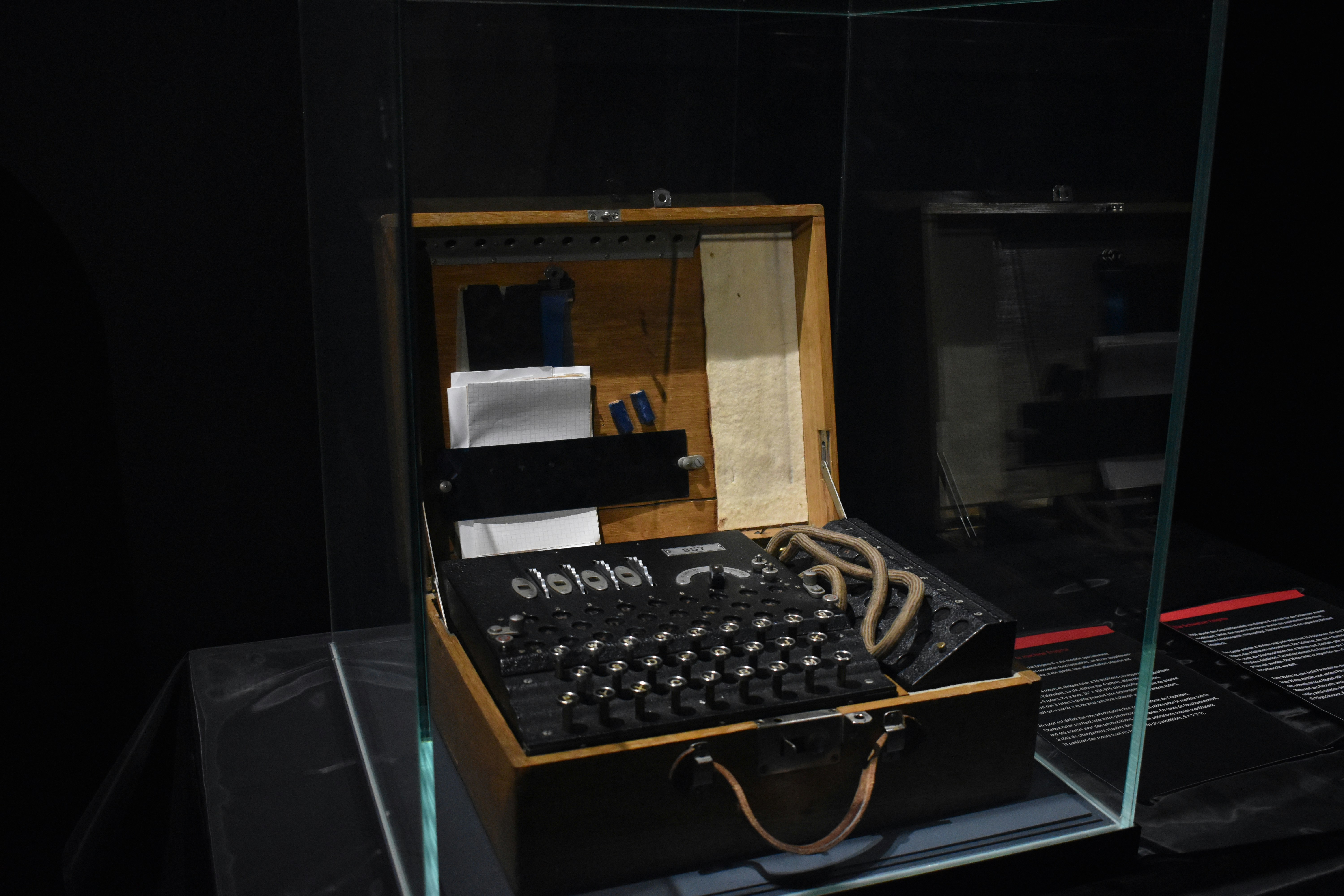The Role of Silence in the Turing Test: A Critical Analysis
Introduction
The Turing Test, proposed by Alan Turing in his 1950 paper "Computing Machinery and Intelligence," remains one of the most discussed frameworks for evaluating machine intelligence. While much attention has been paid to the conversational aspects of the test, an intriguing philosophical question arises: What role does silence play in the test, and how does it affect the validity of the evaluation?
The Silence Paradox
The fundamental premise of the Turing Test relies on verbal interaction - a machine must demonstrate its capabilities (or reveal its limitations) through conversation. However, when a participant remains silent, it creates what we might call the "Silence Paradox" in Turing testing:
Without verbal output, an interrogator cannot make an evidence-based determination
Silence could be equally indicative of either human or machine behavior
Any identification made during silent interactions becomes essentially arbitrary
Historical Context and Research
The question of silence in Turing Tests gained particular attention following several major developments:
The 2014 Royal Society tests conducted by Kevin Warwick and Huma Shah, where participant behavior varied significantly in responsiveness
The Loebner Prize competitions, which highlighted issues with non-responsive chatbots
Various academic studies examining the role of conversational engagement in AI evaluation
Legal and Philosophical Parallels
The concept of "taking the fifth" in Turing Tests draws an interesting parallel with legal rights against self-incrimination. Just as a defendant's silence cannot be used as evidence of guilt in many legal systems, a machine's silence cannot definitively indicate its artificial nature.
Implications for AI Evaluation
This silence problem has several significant implications for AI evaluation:
Methodology Challenges
Need for minimum response requirements in formal testing
Question of whether silence invalidates a test session
Development of protocols for handling non-responsive participants
Evaluation Criteria
Difficulty in establishing baseline metrics for silent interactions
Question of whether silence should be interpreted as failure or inconclusive
Need for standardized handling of partial or limited responses
Future Considerations
Development of more sophisticated testing protocols
Integration of non-verbal communication assessment
Potential need for multiple evaluation frameworks
Research Citations and Further Reading
Turing, A.M. (1950). "Computing Machinery and Intelligence." Mind, 59(236), 433-460. DOI: 10.1093/mind/LIX.236.433
Warwick, K., & Shah, H. (2017). "Taking the fifth amendment in Turing's imitation game." Journal of Experimental & Theoretical Artificial Intelligence, 29(2), 287-297. DOI: 10.1080/0952813X.2015.1132273
Shah, H., & Warwick, K. (2010). "Hidden Interlocutor Misidentification in Practical Turing Tests." Minds and Machines, 20(3), 441-454. DOI: 10.1007/s11023-010-9219-6
Proudfoot, D. (2013). "Rethinking Turing's Test." The Journal of Philosophy, 110(7), 391-411. DOI: 10.5840/jphil2013110722
Related Topics
Conclusion
The silence problem in Turing Tests represents a significant challenge to the traditional interpretation and implementation of AI evaluation methods. It highlights the need for more nuanced approaches to machine intelligence assessment and raises important questions about the fundamental nature of intelligence testing.
While silence may seem like a simple loophole in the Turing Test framework, it actually reveals deeper philosophical questions about the nature of intelligence, consciousness, and the limitations of purely conversational evaluation methods. As AI continues to evolve, addressing these methodological challenges becomes increasingly important for developing reliable evaluation frameworks.




